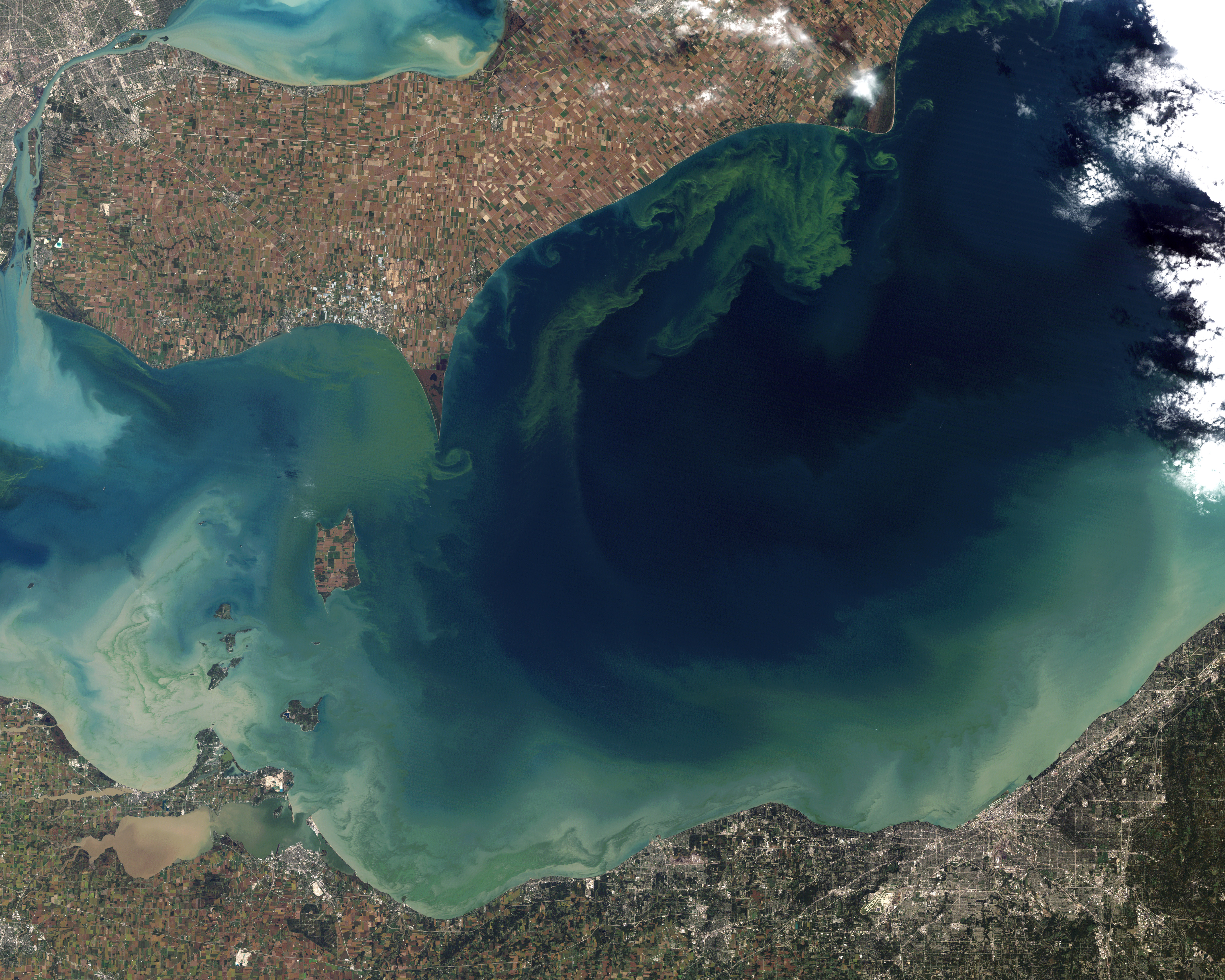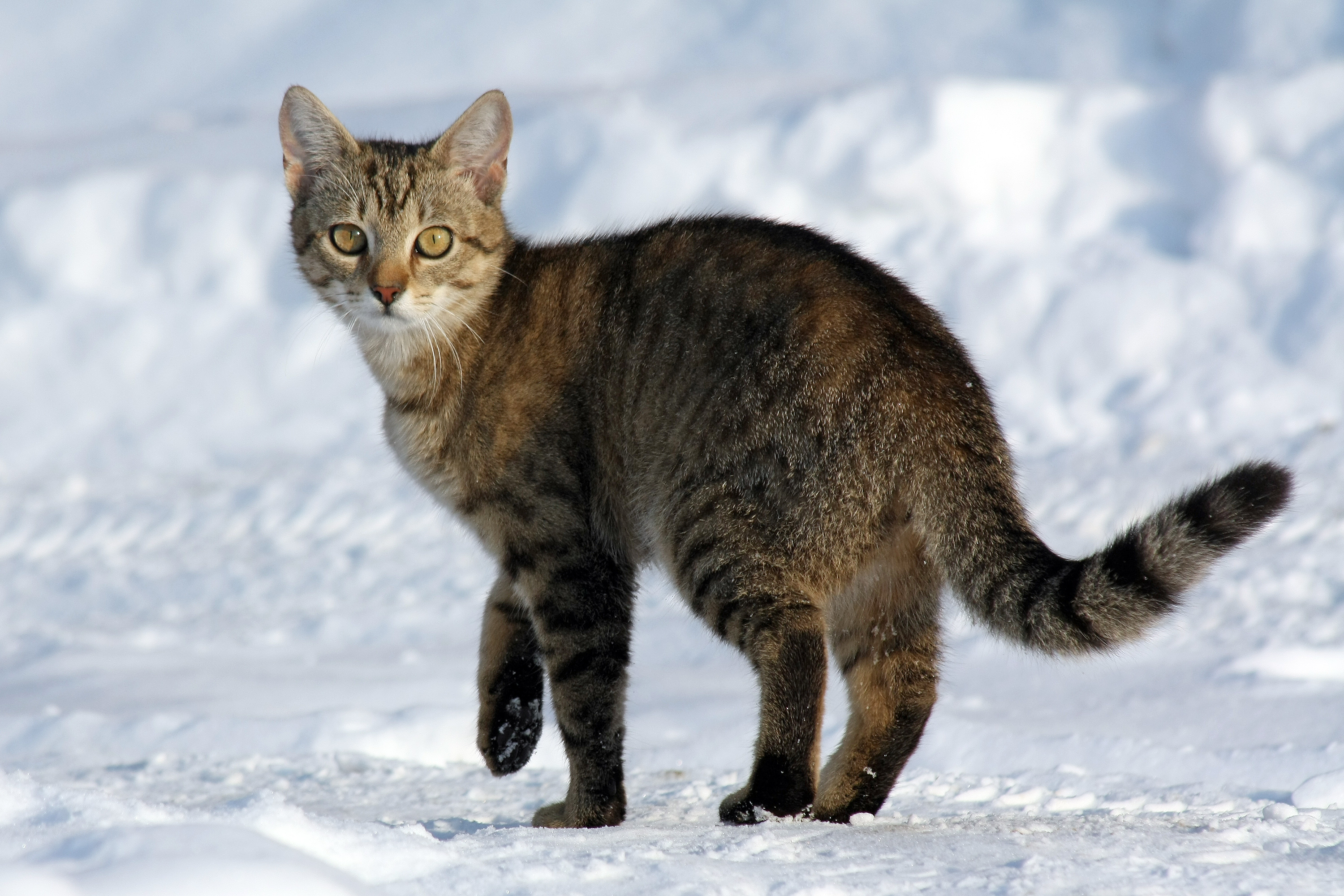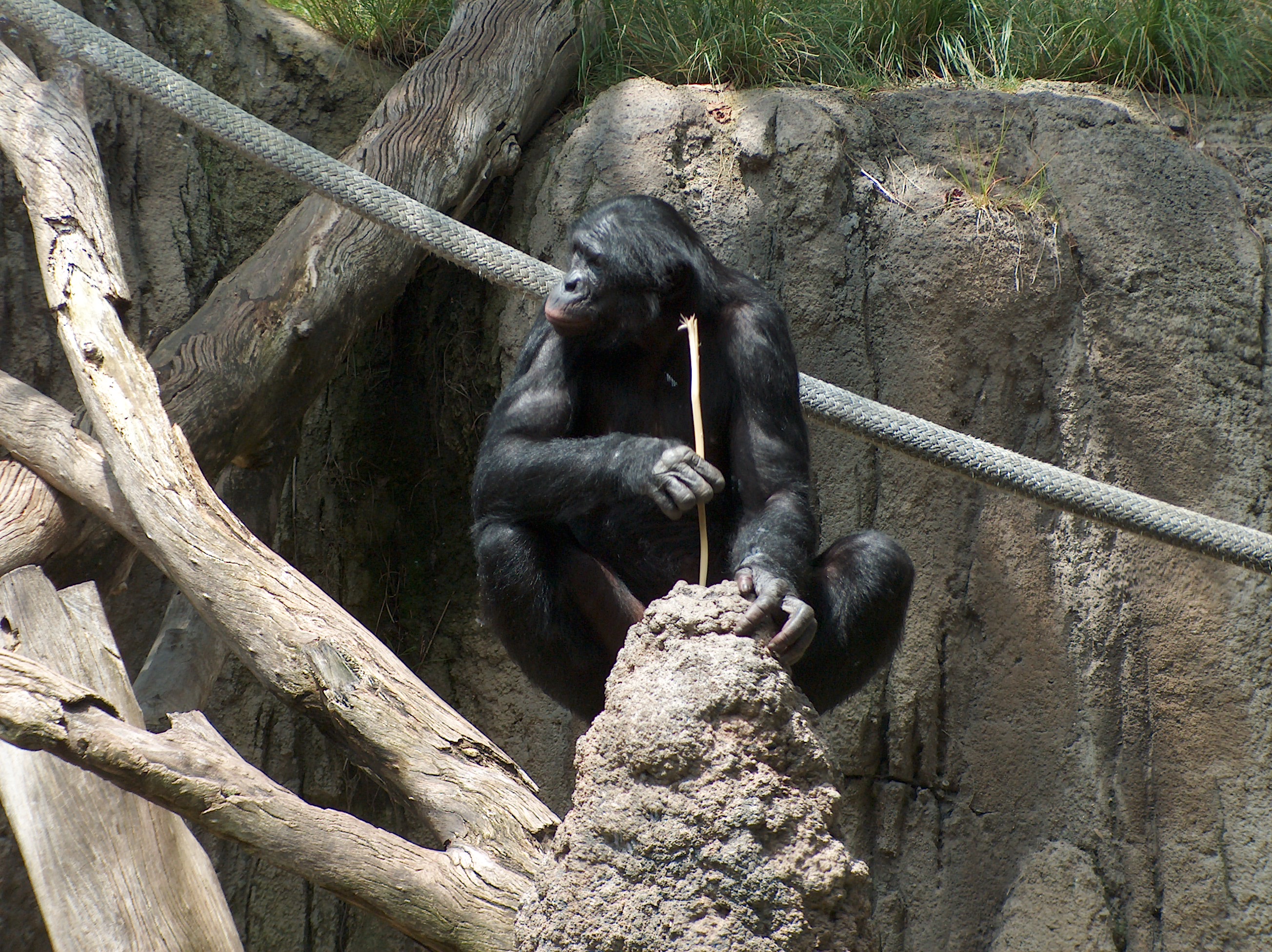|
Pansteatitis
Pansteatitis, or yellow fat disease, is a physiological condition in which the body fat becomes inflamed. Presentations The condition has been found in cats, fish, herons, terrapins and Nile crocodiles, piscivores such as otters, cormorants, Pel's fishing-owls and fish eagles. The disorder is also regularly found in captive-bred animals fed on high fish diets, such as mink, pigs and poultry. It shows as a rubber-like hardening of fat reserves which then become unavailable for normal metabolism, resulting in extreme pain, loss of mobility and death. Causes It is thought to be brought about by any or a combination of a number of factors which include: * Vitamin E deficiency *Microcystin and nodularin poisoning, via inhibition of protein phosphatases *Heavy metals and other fat-accumulated pollutants such as DDT, Polychlorinated biphenyls, PCBs, PCDDs and brominated flame retardants *Ingestion of affected animals *Pathogens as yet unidentified Incidents In 2008 about 170 crocodile ... [...More Info...] [...Related Items...] OR: [Wikipedia] [Google] [Baidu] |
Microcystin
Microcystins—or cyanoginosins—are a class of cyanotoxins, which are toxins produced by cyanobacteria, sometimes known as blue-green algae. Over 250 different microcystins have been discovered so far, of which microcystin-LR is the most common. Chemically they are cyclic heptapeptides produced through nonribosomal peptide synthases. Cyanobacteria can produce microcystins in large quantities during algal blooms which then pose a major threat to drinking and irrigation water supplies, and the environment at large. Characteristics Microcystins—or cyanoginosins—are a class of toxins produced by certain freshwater cyanobacteria; primarily ''Microcystis aeruginosa'' but also other '' Microcystis'', as well as members of the ''Planktothrix'', ''Anabaena'', ''Oscillatoria'' and ''Nostoc'' genera. Microcystin-LR (i.e. ''X'' = leucine, ''Z'' = arginine) is the most toxic form of over 80 known toxic variants, and is also the most studied by chemists, pharmacologists, biologists, ... [...More Info...] [...Related Items...] OR: [Wikipedia] [Google] [Baidu] |
Body Fat
Adipose tissue (also known as body fat or simply fat) is a loose connective tissue composed mostly of adipocytes. It also contains the stromal vascular fraction (SVF) of cells including preadipocytes, fibroblasts, Blood vessel, vascular endothelial cells and a variety of White blood cell, immune cells such as adipose tissue macrophages. Its main role is to store energy in the form of lipids, although it also cushions and Thermal insulation, insulates the body. Previously treated as being hormonally inert, in recent years adipose tissue has been recognized as a major endocrine organ, as it produces hormones such as leptin, estrogen, resistin, and cytokines (especially TNF-alpha, TNFα). In obesity, adipose tissue is implicated in the chronic release of pro-inflammatory markers known as adipokines, which are responsible for the development of metabolic syndromea constellation of diseases including type 2 diabetes, cardiovascular disease and atherosclerosis. Adipose tissue is d ... [...More Info...] [...Related Items...] OR: [Wikipedia] [Google] [Baidu] |
Letaba River
The Letaba River (), also known as Leţaba, Lehlaba or Ritavi, is a river located in eastern Limpopo Province, South Africa. It is one of the most important tributaries of the Olifants River. Course It starts at the confluence of the Groot Letaba River and Klein Letaba River, whence they continue their journey eastwards through the Lowveld as the Letaba River. It joins the Olifants River in the foothills of the Lebombo Mountains, near South Africa's border with Mozambique Mozambique, officially the Republic of Mozambique, is a country located in Southeast Africa bordered by the Indian Ocean to the east, Tanzania to the north, Malawi and Zambia to the northwest, Zimbabwe to the west, and Eswatini and South Afr .... In Mozambique, the latter river is called the Rio Elefantes. Tributaries include the Middle Letaba River, Nharhweni River, Ngwenyeni River, Nwanedzi River, Molototsi River, Nsama River, and Makhadzi River. Dams in the basin * Ebenezer Dam * Tzaneen D ... [...More Info...] [...Related Items...] OR: [Wikipedia] [Google] [Baidu] |
Carnivoran Diseases
Carnivora ( ) is an order of placental mammals specialized primarily in eating flesh, whose members are formally referred to as carnivorans. The order Carnivora is the sixth largest order of mammals, comprising at least 279 species. Carnivorans are found on every major landmass and in a variety of habitats, ranging from the cold polar regions of Earth to the hyper-arid region of the Sahara Desert and the open seas. Carnivorans exhibit a wide array of body plans, varying greatly in size and shape. Carnivora are divided into two suborders, the Feliformia, containing the true felids and several animals; and the Caniformia, containing the true canids and many animals. The feliforms include the Felidae, Viverridae, hyena, and mongoose families, the majority of which live only in the Old World; cats are the only exception, occurring in the Old World and the New World, entering the Americas via the Bering land bridge. The caniforms include the Caninae, Procyonidae, bears, mustelids, ... [...More Info...] [...Related Items...] OR: [Wikipedia] [Google] [Baidu] |
Nutritional Diseases
Nutrition is the biochemical and physiological process by which an organism uses food and water to support its life. The intake of these substances provides organisms with nutrients (divided into macro- and micro-) which can be metabolized to create energy and chemical structures; too much or too little of an essential nutrient can cause malnutrition. Nutritional science, the study of nutrition as a hard science, typically emphasizes human nutrition. The type of organism determines what nutrients it needs and how it obtains them. Organisms obtain nutrients by consuming organic matter, consuming inorganic matter, absorbing light, or some combination of these. Some can produce nutrients internally by consuming basic elements, while some must consume other organisms to obtain pre-existing nutrients. All forms of life require carbon, energy, and water as well as various other molecules. Animals require complex nutrients such as carbohydrates, lipids, and proteins, obtaining them ... [...More Info...] [...Related Items...] OR: [Wikipedia] [Google] [Baidu] |
Metabolic Disorders
A metabolic disorder is a disorder that negatively alters the body's processing and distribution of macronutrients, such as proteins, fats, and carbohydrates. Metabolic disorders can happen when abnormal chemical reactions in the body alter the normal metabolic process. It can also be defined as inherited single gene anomaly, most of which are autosomal recessive. Signs and symptoms Some of the symptoms that can occur with metabolic disorders are lethargy, weight loss, jaundice and seizures. The symptoms expressed would vary with the type of metabolic disorder. There are four categories of symptoms: acute symptoms, late-onset acute symptoms, progressive general symptoms and permanent symptoms. Causes Inherited metabolic disorders are one cause of metabolic disorders, and occur when a defective gene causes an enzyme deficiency. These diseases, of which there are many subtypes, are known as inborn errors of metabolism. Metabolic diseases can also occur when the liver or pancrea ... [...More Info...] [...Related Items...] OR: [Wikipedia] [Google] [Baidu] |
Mozambique
Mozambique, officially the Republic of Mozambique, is a country located in Southeast Africa bordered by the Indian Ocean to the east, Tanzania to the north, Malawi and Zambia to the northwest, Zimbabwe to the west, and Eswatini and South Africa to the south and southwest. The sovereign state is separated from the Comoros, Mayotte, and Madagascar by the Mozambique Channel to the east. The capital and largest city is Maputo. Between the 7th and 11th centuries, a series of Swahili port towns developed on that area, which contributed to the development of a distinct Swahili culture and dialect. In the late medieval period, these towns were frequented by traders from Somalia, Ethiopia, Egypt, Arabia, Persia, and India. The voyage of Vasco da Gama in 1498 marked the arrival of the Portuguese Empire, Portuguese, who began a gradual process of colonisation and settlement in 1505. After over four centuries of Portuguese Mozambique, Portuguese rule, Mozambique Mozambican War of Indepen ... [...More Info...] [...Related Items...] OR: [Wikipedia] [Google] [Baidu] |
Chesapeake Bay
The Chesapeake Bay ( ) is the largest estuary in the United States. The bay is located in the Mid-Atlantic (United States), Mid-Atlantic region and is primarily separated from the Atlantic Ocean by the Delmarva Peninsula, including parts of the Eastern Shore of Maryland, the Eastern Shore of Virginia, and the state of Delaware. The mouth of the bay at its southern point is located between Cape Henry and Cape Charles (headland), Cape Charles. With its northern portion in Maryland and the southern part in Virginia, the Chesapeake Bay is a very important feature for the ecology and economy of those two states, as well as others surrounding within its watershed. More than 150 major rivers and streams flow into the bay's drainage basin, which covers parts of six states (New York (state), New York, Pennsylvania, Delaware, Maryland, Virginia, and West Virginia) and all of Washington, D.C. The bay is approximately long from its northern headwaters in the Susquehanna River to its outlet i ... [...More Info...] [...Related Items...] OR: [Wikipedia] [Google] [Baidu] |
Anabaena
''Anabaena'' is a genus of filamentous cyanobacteria that exist as plankton. They are known for nitrogen-fixing abilities, and they form symbiotic relationships with certain plants, such as the mosquito fern. They are one of four genera of cyanobacteria that produce neurotoxins, which are harmful to local wildlife, as well as farm animals and pets. Production of these neurotoxins is assumed to be an input into its symbiotic relationships, protecting the plant from grazing pressure. A DNA sequencing project was undertaken by the United States Department of Energy between 1999 and 2005. This project mapped the complete genome of model organism ''Anabaena variabilis'' ATCC 29413, which is 7.2 million base pairs long. A paper detailing the process was published in 2014. The study focused on heterocysts, which convert nitrogen into ammonia. Certain species of ''Anabaena'' have been used on rice paddy fields, proving to be an effective natural fertilizer. Species List of current ... [...More Info...] [...Related Items...] OR: [Wikipedia] [Google] [Baidu] |
Loskop Dam
Loskop Dam is a combined gravity and arch type dam located on the Olifants River, near Groblersdal, Mpumalanga, South Africa. It was established in 1939 and has been renovated in 1979. The dam is situated in the Loskop Dam Nature Reserve and it serves mainly for irrigation purposes. The hazard potential of the dam has been ranked high (3). History A popular vacation spot that irrigates the majority of the Bushveld, the Loskop Dam was first proposed in 1905 and started as a private cooperative scheme by landowners along the Olifants in 1930, but officially only endorsed by the government in 1934. In 1939, the project was completed under the auspices of the Department of Irrigation (today's Department of Environmental Affairs) at a cost of R5 million, employing among others Willem J. Grobler, on whose Klipbank Farm his namesake town of Groblersdal was founded in 1938 as the canal network's hub. The scheme stretches 64 km to the north of this town, including 148 km on 2 ... [...More Info...] [...Related Items...] OR: [Wikipedia] [Google] [Baidu] |
Middelburg, Mpumalanga
Middelburg is a large town in the South African province of Mpumalanga. History It was initially established as a halfway station between Lydenburg and Pretoria by the Republic of Lydenburg in 1860. That republic would merge with the South African Republic (ZAR) soon afterwards. The proposed town was established on two farms, ''Klipfontein'' and ''Keerom'' but when the Dutch Reformed Church established a church next door on the farm ''Sterkfontein'', the town would be moved there. It was established as Nasareth, in 1864 by the Voortrekkers on the banks of the Klein Olifants River. It was changed in 1872 Events January * January 12 – Yohannes IV is crowned Emperor of Ethiopia in Axum, the first ruler crowned in that city in over 500 years. *January 20 – The Cavite mutiny was an uprising of Filipino military personnel of Fort S ... to Middelburg to mark its location between the South African Republic, Transvaal capital Pretoria, and the gold mining town of L ... [...More Info...] [...Related Items...] OR: [Wikipedia] [Google] [Baidu] |
Witbank
Witbank (), officially eMalahleni, is a city situated on the Highveld of Mpumalanga, South Africa, within the Emalahleni Local Municipality, Mpumalanga, Emalahleni Local Municipality. The name Witbank is Afrikaans for "white ridge", and is named after a white sandstone outcrop where wagon transport drivers rested. The city is known for its coal-mining in the surrounding region. Witbank, which was founded in 1890, was renamed to eMalahleni meaning the ''place of coal'' in 2006 by the government of Mpumalanga, matching the Emalahleni Local Municipality, Mpumalanga, municipality. Both names are used. History Witbank was founded in 1890 and early attempts to exploit the coal deposits failed until the railway from Pretoria reached the area in 1894. It was proclaimed a town in 1903 and became a municipality in 1914. There are many stories about the city and its origination but the top story would be the arrival of Winston Churchill at the nearby South African Republic, Transvaal and ... [...More Info...] [...Related Items...] OR: [Wikipedia] [Google] [Baidu] |





